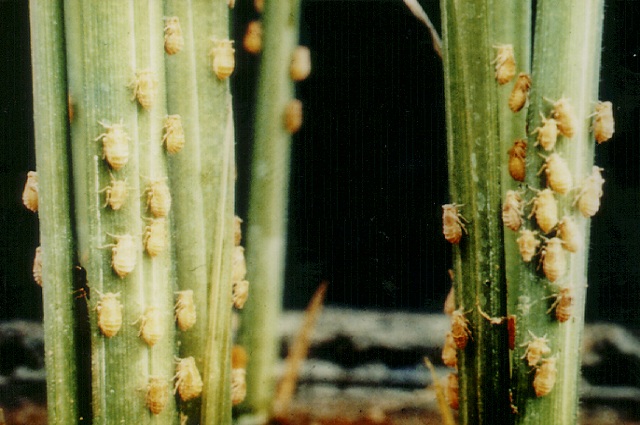The brown plant hopper (BPH), locally known as kayumangging ngusong kabayo, has been reported in 2017 to have wrecked havoc on the rice farms in 18 provinces in the country with an estimated P17.87 million damage. On a per hectare basis, the pest can cause a yield loss of 10- 50% or more on rice.
In response to this outbreak, experts from the Philippine Rice Research Institute (PhilRice) have identified measures to control the rice-damaging pest.
PhilRice crop protection expert Genaro Rillon advised farmers to use high-yielding and rice varieties with resistance to BPH such as PSB Rc2, 10,NSIC Rc 212, 222, 224, 226, 298, 300, and 308. He added that farmers in the community must also practice synchronous planting with 1 to 2-month fallow period to break the life cycle of BPH.
Synchronous planting, according to Fredierick Saludez, also a rice specialist from PhilRice, is important as it avoids continuous supply of food for pests, hence, preventing pest reproduction. “It also helps minimize the use of harmful pesticides and conserve helpful organisms in the field,” Saludez elaborated.
The rice expert also warned that excessive use of nitrogen and misuse of insecticide attract BPH. Saludez emphasized that farmers should use recommended amount of nitrogen if possible. “Following the recommendation based on the soil analysis can help farmers determine the ideal amount of nitrogen fertilizer, “ he added. “Moreover, the use of the leaf color chart can help them determine the right amount and time of nitrogen application.”
BPH, according to Rillon, are sucking insects that usually feed on rice plants. They are also prevalent in other Asean countries like Vietnam, Thailand, and Indonesia. BPH damage includes turning of rice leaves into brown or yellowish, drying or withering of plants, and hopper burn. BPH could also transmit viruses such as rice rugged or grass stunt virus. Their population peaks towards the harvest season, usually during the months of March to April for the dry season and September to October for the wet season. BPH thrive in any kind of ecosystem especially in irrigated areas. They are usually found at the lower part of the crops attacking at any stage of rice growth.
“The younger the rice crops are, the more susceptible they are to BPH damage,” Rillon emphasized.
For more information about pest management in rice, you may text or call the PhilRice Text Center at 0920-911-1398.





